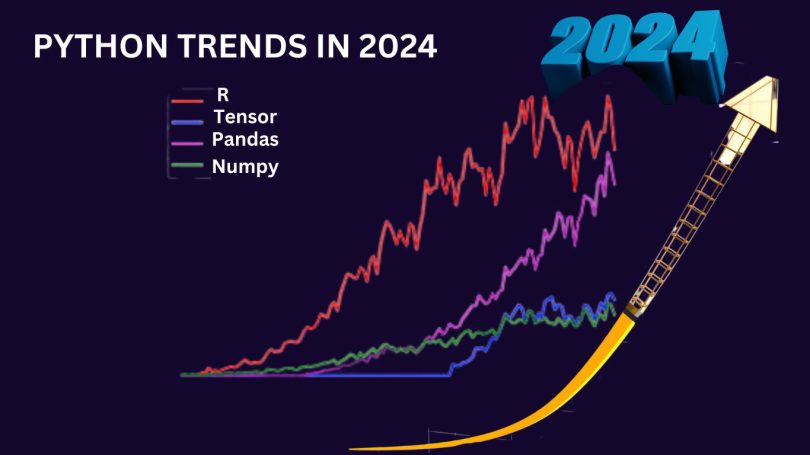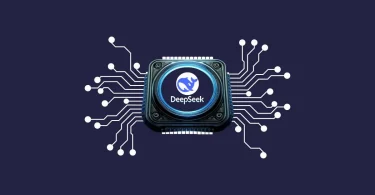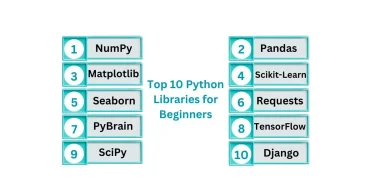Python’s trends in 2024 are fuelled by simple interface of utilize, range, extensive audience guidance, institutional uptake, huge business requests, profitability, and constant development. Such aspects interact to render Python a forward-thinking programming language that tends to draw in and sustain a big and enthusiastic industry. Python’s rise to dominance in 2024 is due to its unusual combination of being accessible, adaptable, and loyal, all of which contribute to its success across multiple disciplines. This content digs into the various causes of the language’s trendsetting rank, emphasizing its simplicity of use, broad applicability, strong user support, academic uptake, high business need, efficiency, and constant advancement.
VERSATILITY AND EASE OF USE:
Python’s value stems from its accessibility and clarity, which make it a great option for both new and experienced programmers. Python’s structure is intended to be familiar and strongly resembles the English language, allowing for quick creation and exploration. This ease of use has sparked a major increase in Python usage, fuelling the language’s swift development and prominence.
WIDE RANGE OF APPLICATIONS:
Another factor contributing to Python’s appeal is its adaptability. It is used for a wide range of programs, such as building websites, statistical scientific findings, artificial intelligence (AI), data mining, and the Internet of Things (IoT). This vast application emphasizes Python’s importance as a necessary skill for writers seeking employment in a variety of areas, from start-ups to reputable tech firms.
STRONG COMMUNITY SUPPORT:
Python’s growth is largely due to its strong and supportive communities. Python’s strengths are enhanced by the addition of this region, which has created various frameworks and libraries, including Django for web development and Tensor Flow for artificial intelligence. Furthermore, the developer ecosystem offers rich records, instructions, and discussions to help programmers understand and resolve challenges.
ACADEMIC ADOPTION:
Python’s use in schools and colleges has greatly increased its appeal. Python is to be used as the initial programming language, which introduces beginners to the principles of scripting in an approachable and interesting way in educational institutions. This initial encounter helps to foster an emerging class of Python-proficient engineers.
With a 27% year-over year-growth rate, Python talents are in plentiful supply in the business world, where firms rely on them for data visualization, technology, and imaginative ideas. The Python Software Initiative plays a crucial role in meeting this need by making sure Python remains relevant and capable in spite of new innovations and tendencies. The language’s simple and powerful syntax saves programmers hours of work, rendering it a viable option for both tiny and massive applications. The Python Software Association and the larger ecosystem strive relentlessly to enhance Python, ensuring its long-term development and creative potential in the business world. There is one notable absence from prior to visualization: visits to Typescript queries increased by an astonishing 142% in the last year; therefore, we left it out to prevent overpowering the majority of the curve. According to my research, a few lesser-known scripts are developing at the same or faster rate as Python (such as R, Go, and Rust), and several similar labels, such as Swift and Scala, are also expanding rapidly.




Leave a Comment